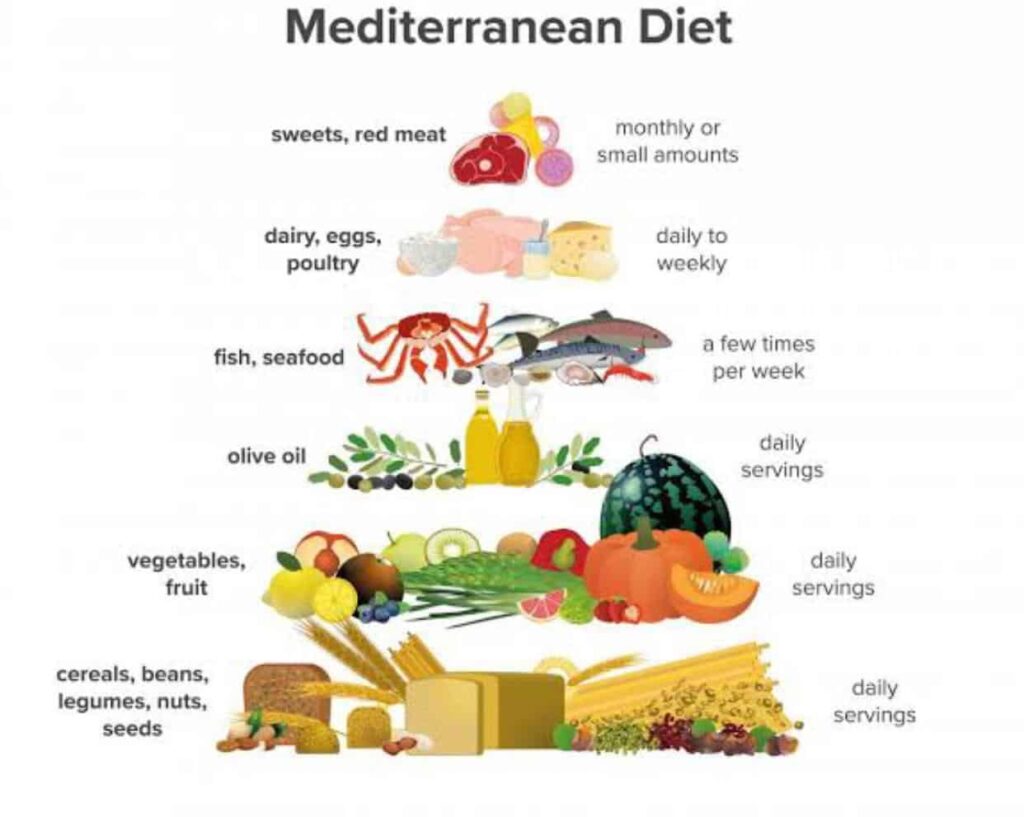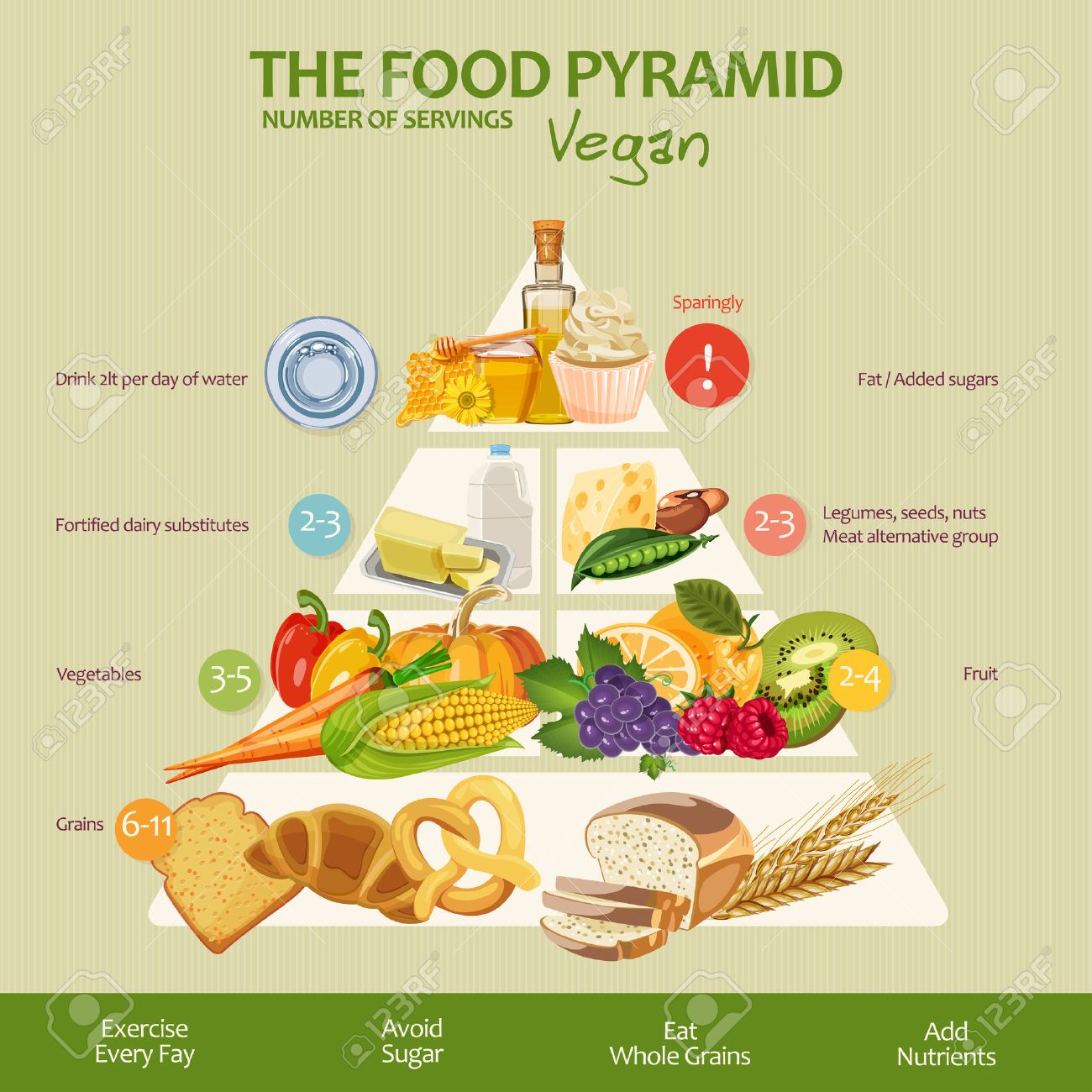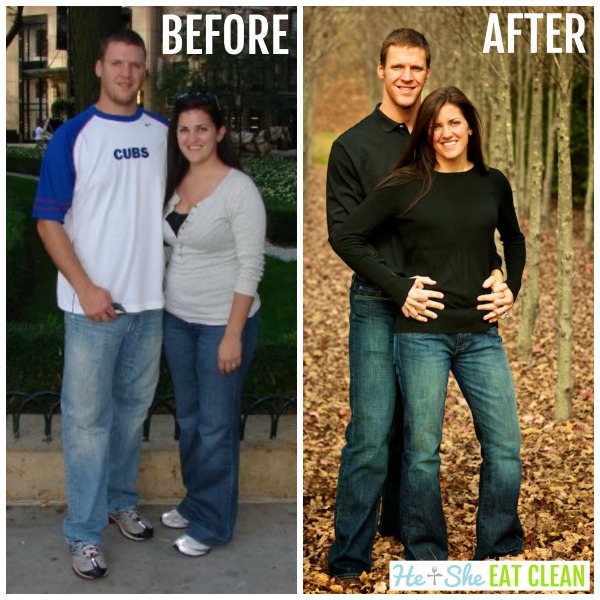
There are many misconceptions surrounding fad diets and how they differ from real health recommendations. There is no such thing as a fad diet. While some trendy diets might offer a glimpse at the health benefits of certain foods they may not be sustainable or healthy. These plans aren't often endorsed or recommended by the medical professionals and don’t always adhere to sound nutritional principles. Fad diets, in addition to making false claims, are not recommended for healthy eating.
These diets may be helpful in losing weight, but they do not promote health. Many of these diets are based on false information. These diets promise fast results but are not realistic. Many of these diets promise to help you lose weight and improve your health. These programs have not been scientifically tested and are based only on unproven testimonials. They should not be used as the only way to lose weight and keep it off.

These diets might also encourage weight loss. Some diets promote certain food groups or particular foods, but they don't last long and are often temporary. These diets are unlikely to last. And once they stop, people will gain their weight back.
Fad diets do not work, as with many things in this life. They are often temporary solutions to weight loss that fail to make a lasting impact. A popular fad diet that allowed people to eat protein as well as fat and carbohydrates without bread is the Atkins Diet. Although this popular diet lost its popularity quickly, it is still very popular today. While the Atkins diet is still very popular, there has been a major shift in its popularity.
Fad diets don't offer a sustainable solution to weight loss. Fad diets can result in nutritional deficiencies and a slowing down of the body's metabolism. Someone who adopts a fad eating plan will continue to eat the same calories for a long period of time. They will gain weight if they go back to their old eating habits. Fad diets can make it hard to lose weight and live a healthy life.

Another popular diet trend is the low-carb lifestyle, which relies on eating animal products. It's high on protein and low on carbohydrates. This diet is different from the vegan, which eats only food made from plants. This low-carb diet can lead to infertility and weight gain. These diets restrict how much exercise you can do.
FAQ
What is the difference between calories and kilocalories in food?
Calories are units used to measure the amount of energy in food. The unit of measurement is called a calorie. One calorie is equal to one degree Celsius in energy.
Kilocalories can also be used to refer to calories. Kilocalories can be measured in thousandsths of one calorie. 1000 calories equals 1 kilocalorie.
How do I get enough vitamins for my body?
Most of your daily vitamin requirements can be met by diet alone. However, if you are deficient in any particular vitamin, taking supplements can help. Multivitamin supplements can be taken that contain all the vitamins you need. Or you can buy individual vitamins from your local drugstore.
If you are concerned about getting enough nutrients, talk to your doctor about what foods contain the best sources of vitamins. Dark green leafy vegetables like spinach, broccoli and kale, as well as turnip greens and mustard greens such as turnip and mustard greens and bok choy, are rich in vitamins K & E.
Ask your doctor to help you determine the right amount of vitamin. Your medical history and current health will help you determine the best dosage.
What is the healthiest lifestyle to life?
A healthy lifestyle means eating healthy foods, exercising regularly, sleeping well, and avoiding stress. You will live a long and happy life if you adhere to these guidelines.
Start small by changing your diet and exercising routine. For example, if you want to lose weight, try walking for 30 minutes every day. Swimming or dancing are great options if your goal is to become more active. An online fitness program such as Strava or Fitbit that tracks your activity could be a good option.
What is the problem?
BMI stands For Body Mass Index. This refers to the measurement of body fat using height and weight. The following formula can be used to calculate BMI.
Weight in kilograms divided with height in meters.
The result is expressed in a number between 0 - 25. A score of 18.5+ indicates that you are overweight. A score higher than 23 indicates that you are obese.
A person who is 100 kg in weight and 1.75m in height will have a 22 BMI.
Why does weight change as we age?
How do I know if my bodyweight changes?
If there are less calories than muscle mass, then weight loss is possible. This means that calories must be consumed at a rate greater than energy. Activity levels are the most common reason for weight loss. Other causes include illness, stress, pregnancy, hormonal imbalances, certain medications, and poor eating habits. Weight gain occurs when there is more fat than muscle mass. It occurs when people consume more calories per day than they need. Common reasons include overeating, increased physical activity, and hormonal changes.
The primary reason we lose weight is that we consume less calories than what we burn. Regular exercise increases metabolism, which means that we burn more calories per day. But, this does not mean that we will be thinner. It is important to know if we are losing weight or gaining muscle. We will lose weight if we burn more calories than we consume. But if you consume more calories than you burn, you're actually storing them for fat.
As we age, our ability to move around is slower and we are less mobile. We also tend eat less than we used to. We tend to gain weight. However, our muscle mass is more important than we realize and makes us appear larger.
If you don't weigh yourself every week, it's impossible to determine how much weight has been lost. There are many ways you can measure your weight. You can also measure your waist, hips or thighs. Some people prefer to use bathroom scales while others like to use tape measures.
Track your progress by measuring your waistline and weighing yourself every week. To see how far you have come, you can take photos of yourself every few month.
Online, you can find out your height and weight. If you are 5'10" tall, and you weigh 180 lbs, then you would probably weigh 180 lbs.
Statistics
- According to the Physical Activity Guidelines for Americans, we should strive for at least 150 minutes of moderate intensity activity each week (54Trusted Source Smoking, harmful use of drugs, and alcohol abuse can all seriously negatively affect your health. (healthline.com)
- WHO recommends reducing saturated fats to less than 10% of total energy intake; reducing trans-fats to less than 1% of total energy intake; and replacing both saturated fats and trans-fats to unsaturated fats. (who.int)
- In both adults and children, the intake of free sugars should be reduced to less than 10% of total energy intake. (who.int)
- This article received 11 testimonials and 86% of readers who voted found it helpful, earning it our reader-approved status. (wikihow.com)
External Links
How To
What does "vitamin" actually mean?
Vitamins are organic substances found naturally in food. Vitamins are necessary for us to absorb nutrients in the foods we consume. The body cannot make vitamins; therefore, they must be obtained from food.
There are two types vitamins: water soluble or fat soluble. Water-soluble vitamins dissolve in water easily. These include vitamin C (thiamine), Vitamin B1 (riboflavin), Vitamin B2 (riboflavin), Vitamin B3 (niacin), Vitamin B6 (pyridoxine), Vitamin C, B1 (thiamine), Vitamin B2 (riboflavin), Vitamin B3 (niacin), and Vitamin B6 (pyridoxine). Fat soluble vitamins are stored in the liver and fatty tissue. Vitamin D, E, K and A are some examples.
Vitamins can be classified according to biological activity. There are eight major vitamin groups:
-
A - essential for normal growth and maintenance of health.
-
C - vital for proper nerve function, and energy production.
-
D - essential for healthy bones, teeth, and gums.
-
E is necessary for good vision, reproduction.
-
K - Required for healthy nerves and muscles.
-
P - Vital for strong bones and teeth.
-
Q - aids digestion and absorption of iron.
-
R - necessary for making red blood cells.
The recommended daily allowance (RDA), for vitamins, varies depending upon age, gender, or physical condition. The U.S. Food and Drug Administration (FDA) sets the RDA values.
For example, the RDA for vitamin A is 400 micrograms per dayfor adults 19 years or older. Pregnant women require 600 micrograms daily to support fetal development. Children ages 1-8 require 900 micrograms per day. Infants under one year of age require 700 micrograms per day, but this amount decreases to 500 micrograms per day between 9 months and 12 months of age.
Children aged between 1-18 years require 800 micrograms of sugar per day, while overweight children need 1000 micrograms. Children who are underweight receive 1200 micrograms every day to meet their nutritional requirements.
Children aged 4-8 years old who have been diagnosed as having anemia require 2200 micrograms of vitamin C per day.
2000 micrograms are required daily for good health in adults over 50. Due to their increased nutrient needs, pregnant and breastfeeding women need 3000 micrograms daily.
Adults over 70 require 1500 micrograms each day, since they lose around 10% of their muscle mass every decade.
Women who are pregnant, nursing or breastfeeding need more than the RDA. Pregnant mothers need 4000 micrograms per daily during pregnancy and 2500 after giving birth. Breastfeeding mothers require 5000 micrograms daily when breast milk production is occurring.